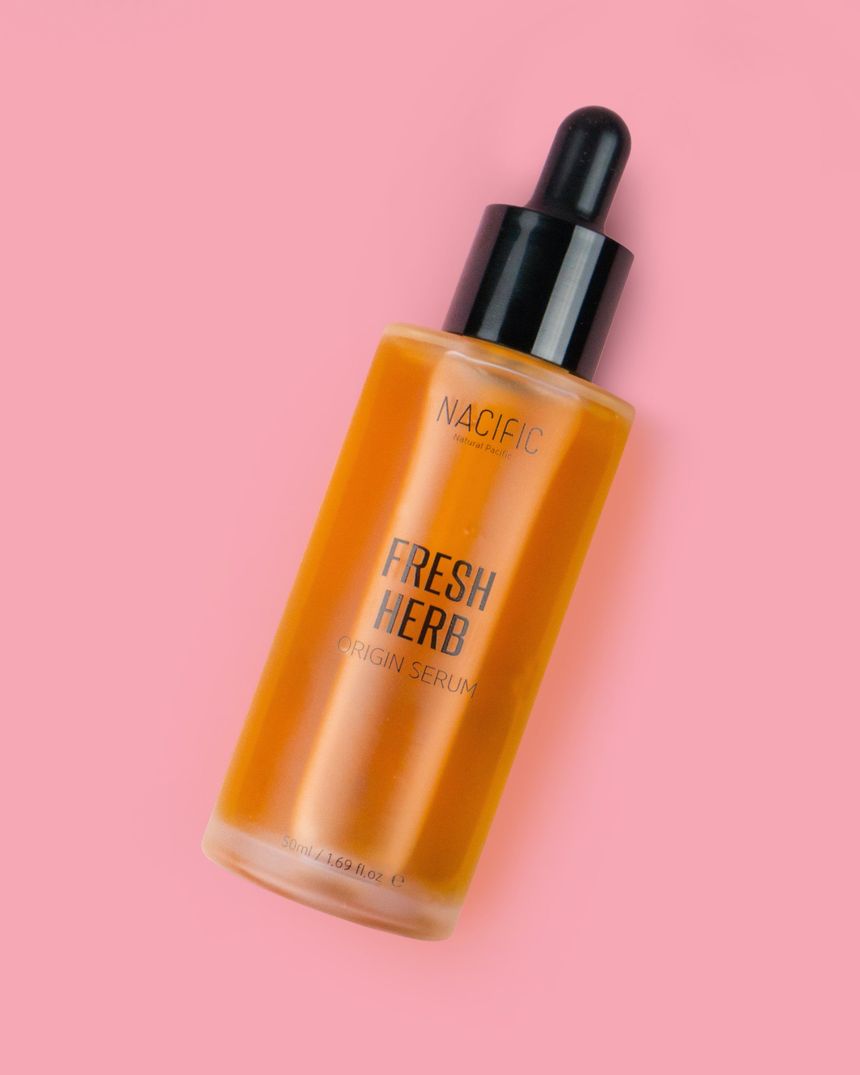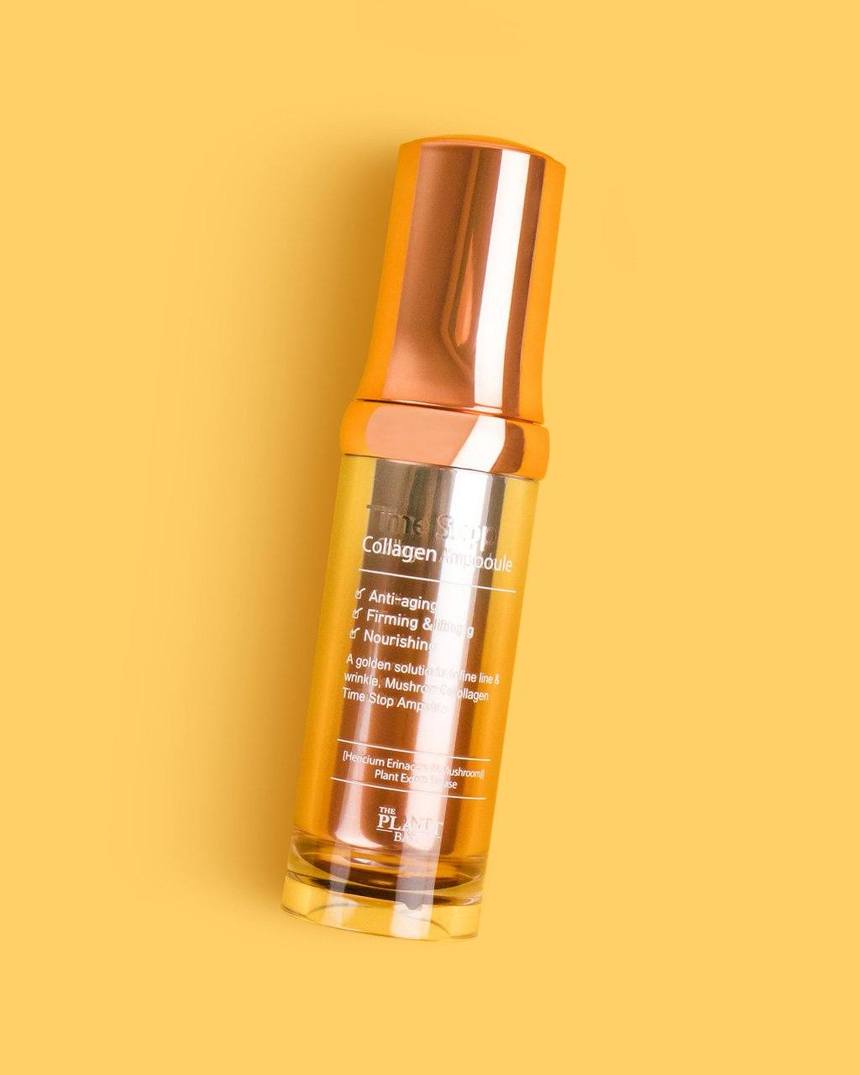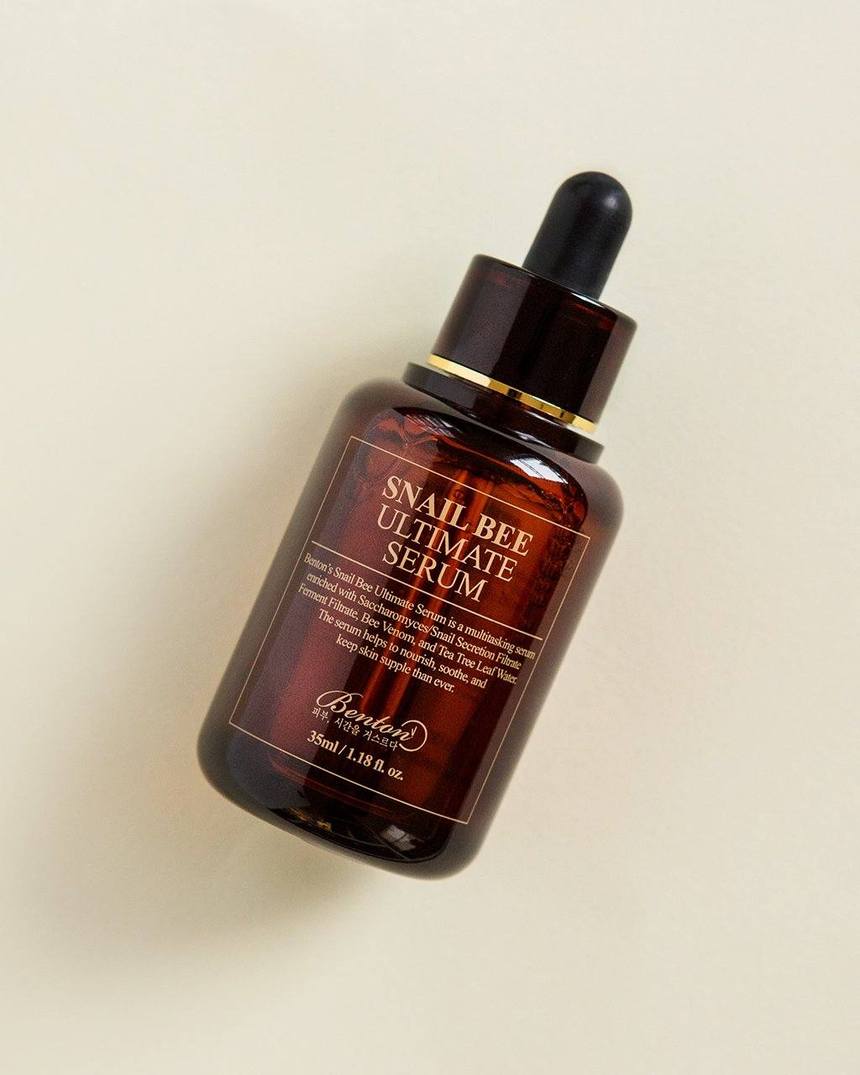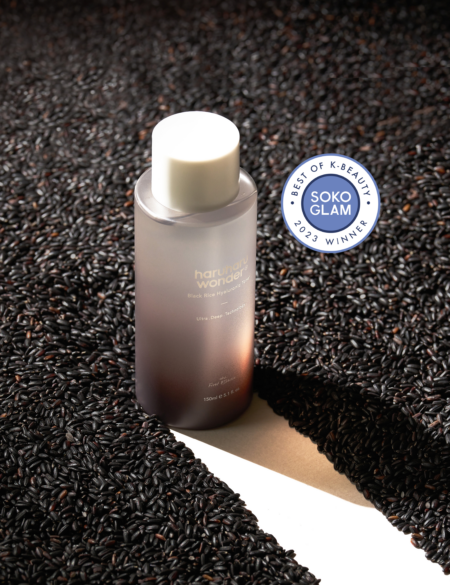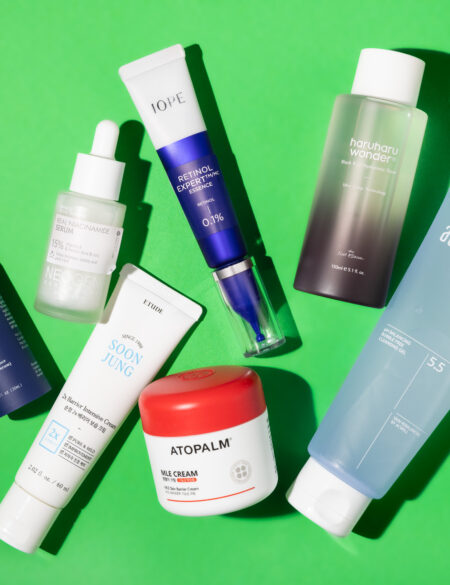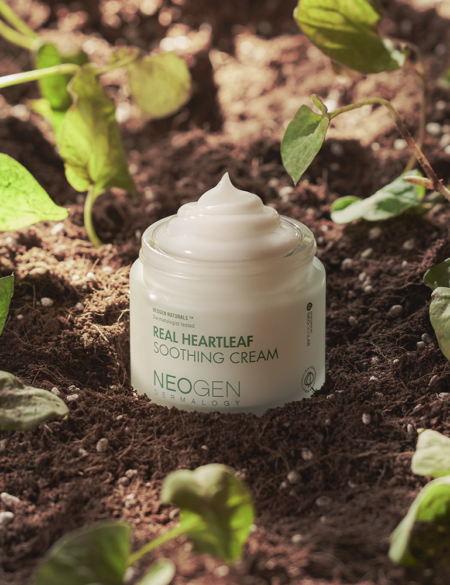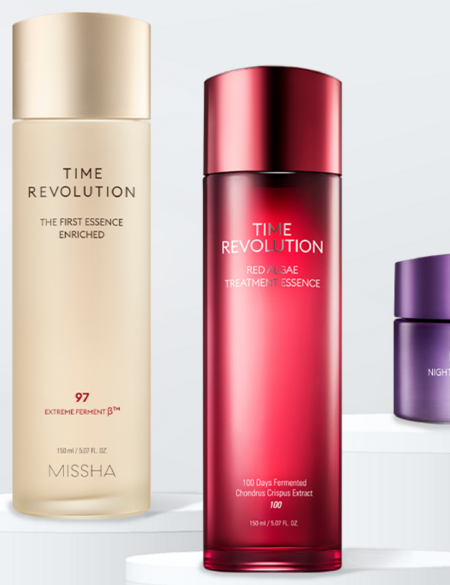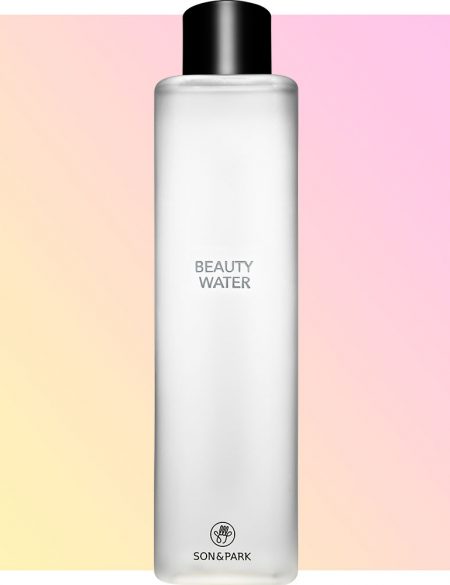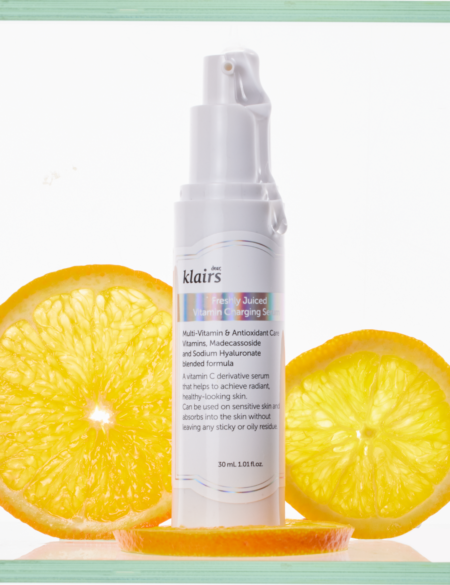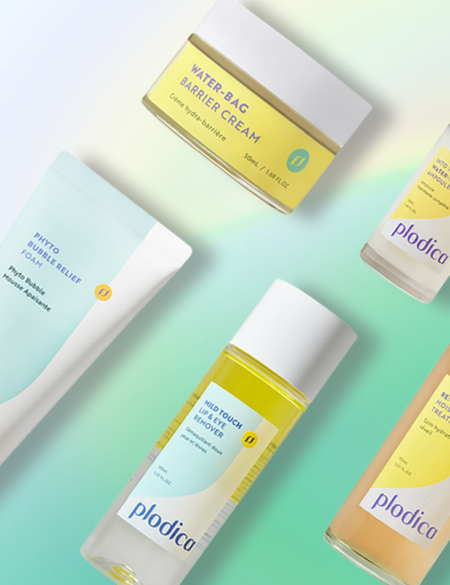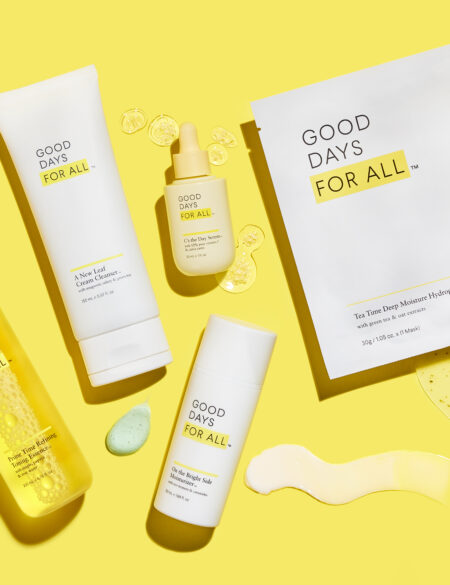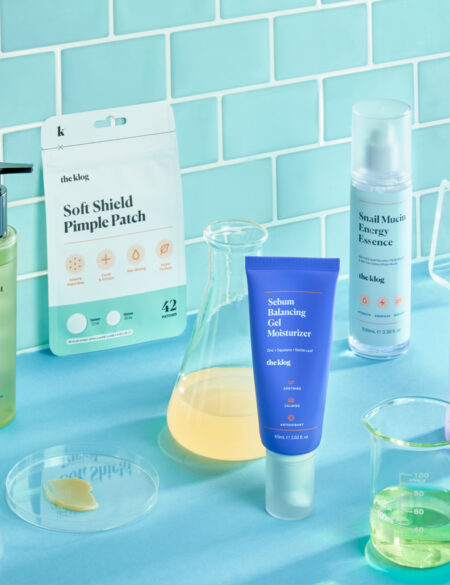We get asked a lot of different skin care questions, but there are certain ones that seem to crop up all the time. Here, we’re answering those that are related to one of the most important steps in one’s routine: serums.
If you have skin concerns you want to tackle – and who doesn’t? – serums are a must-have step in your daily routine. Serums don’t contain emulsifiers or emollients, instead they are concentrated with active ingredients that get to work on making your skin goals a reality.
RELATED: The Questions About Exfoliating We Get Asked All the Time
Whether you want to get rid of dark spots, smooth out some lines, brighten dull skin, or repair your skin barrier, serums are standing by.
Have questions? We got answers. Read on to learn the what, how, when, and why of serums.
When should you apply serum?
When applying your skin care regimen, we generally recommend following the thinnest to thickest rule. This places your serum after more watery products like toner and essence, but before heavier products like moisturizer and sunscreen. For a full cheat sheet on when to apply every product in your routine, click here.
What’s the difference between a serum and an ampoule?
Technically, ampoules are even more concentrated then a serum and are meant to give your skin a supercharged boost when you’re in need of a fix and not necessarily meant to be used every day. If you want to use both an ampoule and a serum, you can use the former first or in place of the latter. However, often the terms “serum” and “ampoule” are used interchangeably, so don’t stress about this one too much.
What’s the difference between a serum and an essence?
The most noticeable difference is texture. Essences are lightweight and watery, while serums are more viscous. Also setting the two apart: The primary goals of an essence are to provide an extra layer of hydration and to the prep the skin to soak up more treatment-focused products like a serum.
What’s the difference between a serum and a face oil?
The two may look similar in the bottle, but these are in fact two different steps in your routine. As we mentioned earlier, serums don’t contain emollients. Face oils, on the other hand, are often made up of mostly emollient ingredients. Plus, because oil molecules are large, face oils can’t penetrate as deeply as serums. This is why face oils are great for sealing in the goodness of serums.
We like to apply face oils in place of moisturizer (post-serum), or by mixing it in with our moisturizer for a more intensive treatment.
How do you layer serums like vitamin C?
You might be wondering, “But what if I have more than one skin concern that I want to target with different serums?”. Well, most serums can be layered and cocktailed together, but there are a few important exceptions.
Strong ingredients that can be harsh on skin, including vitamin C, retinol, and chemical exfoliants (think AHAs and BHAs) should not be mixed or layered with each other. Instead, we recommend alternating use. For example, you can use a vitamin C in the morning and retinol at night, or a vitamin C on Monday and an AHA on Tuesday. These ingredients do play well with hydrating and soothing ingredients like hyaluronic acid, snail mucin, vitamin E, and centella asiatica, however.
For some of our favorite serum cocktails, click here.
How long does it take to see results from a serum?
A great serum can make your skin feel more hydrated and smoother, and look brighter overnight, but treating concerns like hyperpigmentation and signs of aging require a little more patience. For example, it may take up to two months to see best results from a vitamin C serum, or up to six months to see wrinkles diminish from an anti-aging serum. Don’t forget, skin care is a journey! For more insights from a dermatologist, check out this guide on how long different types of treatment products will take to produce results.
Are serums really worth splurging on?
Serums can be more expensive than cleansers, toners, and essences, but again, that’s because the formulas are so concentrated with active ingredients. This can drive the price of a product up, but it also increases results. To get the most bang for your buck, consider your top skin concern(s) and the best ingredients to address it in order to find the best formula for you.
What are the best serums for anti-aging?
Serums can be a total game-changer if you’re looking to prevent and treat fine lines and wrinkles. Look for ingredients that are rich in antioxidants (like vitamin C) and/or that help firm and plump up skin.
Two of the most popular K-beauty options are The Plant Base Time Stop Collagen Ampoule, which contains mushroom extract to stimulate collagen production, and the Acwell Licorice pH Balancing Advance Serum, a powerful yet gentle formula that’s got licorice root and antioxidants to draw in hydration and minimize fine lines.
What are the best serums for oily skin?
If you have oily skin, a thick, sticky serum may not sound like something you want to apply on your skin. Instead, look for a light formula that contains ingredients that refine pores, treat acne scars (if that’s a concern for you), and curb oil production.
We recommend the Nacific Fresh Herb Origin Serum, which is fast-absorbing and contains lemongrass, lime peel, and applemint to reduce the appearance of enlarged pores.
Products with snail mucin, such as the Benton Snail Bee Ultimate Serum, can also be beneficial for those with oily skin. Snail mucin is a light humectant that’s great for erasing acne scars. The Benton serum also contains bee venom that calms inflamed breakouts.
+Do you have any further questions about serums? Drop them below!



